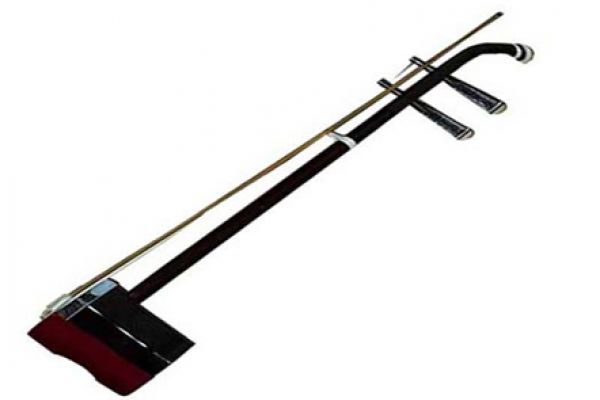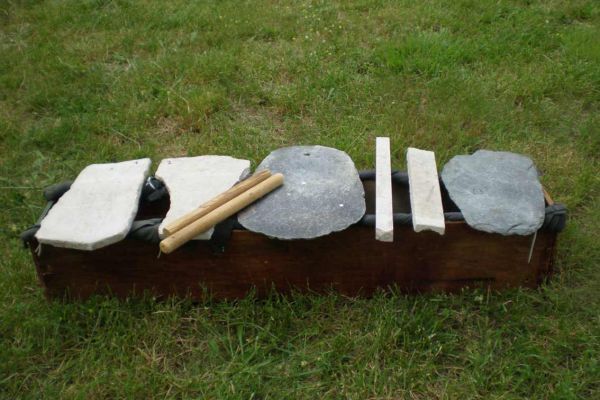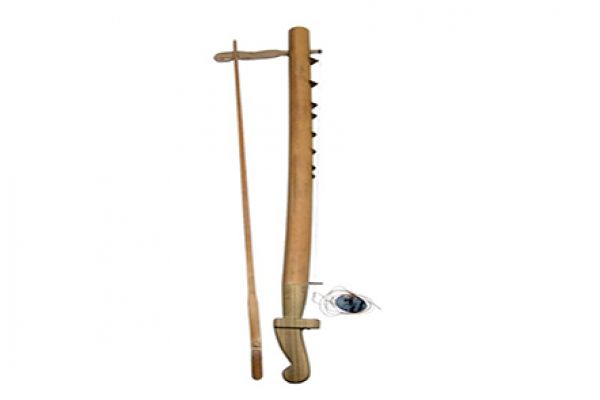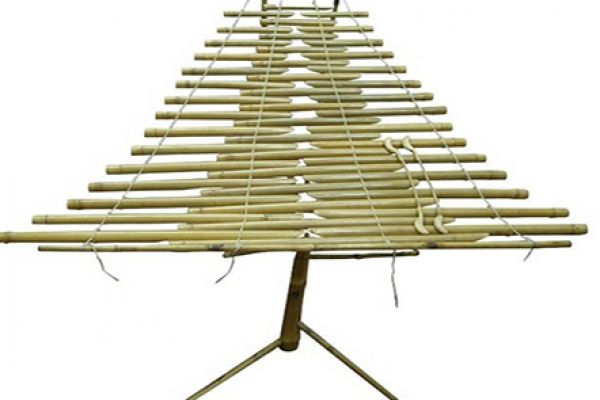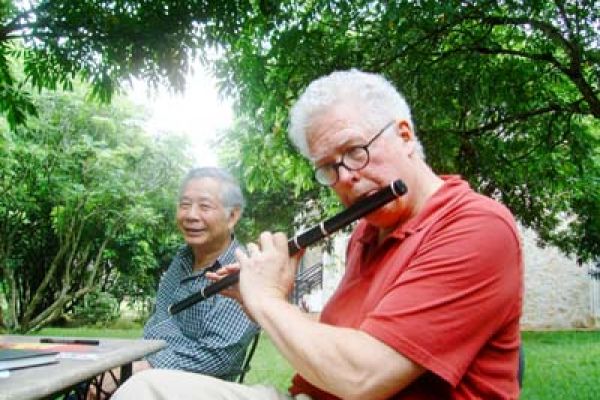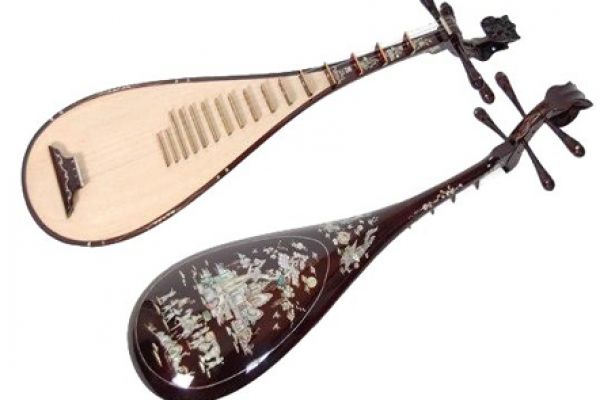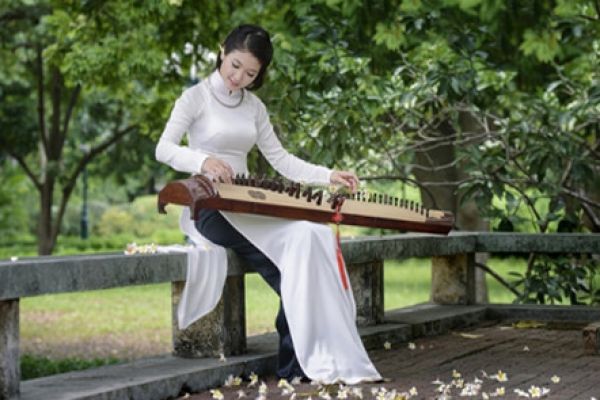
A show performed by old artists
Let’s turn back time to the old days to the legend attached to this special kind of art. The legend, which has been handed down from generation to generation, tells that Xam singing was invented by Tran Quoc Dinh- a children of King Tran Thanh Tong around 700 years ago. According to this legend, the King was humane and upright and had the good relationships with the poor. He taught them how to play the instrument, and how to sing in order to milden hardships in life.
Main traits. “Hat Xam” or “Xam singing” has been mainly found in the countryside, and, expressed the optimism and love for life of the blind. They were mostly settling in in Ninh Binh, Nam Dinh, Hai Duong, Bac Giang, Ha Noi… In the past, Xam singing was performed during leisure period of time after the harvest crops. The farmers used to invite Xam troupes to come and perform in their village so that their families could enjoy their repertoire of music. In the wartime or poor crops, Xam singers could not earn enough locally to earn for a living, thus they traveled to many places to sing for a better income. Many of them flocked to big cities, including Hanoi. Crowded trams, car stations, markets and street corners were the stages for these singers, or somehow, artists. In Xam singing, one plays drum, one plays castanets, one plays Nhi/Co fiddle, one plays Bau mono chord and all sing together with Southern or Northern accent. To thank and encourage Xam singers for their well performing, the audiences, both men and women; children and adults gather for enjoyment and then hand them some money.
You may wonder if there is any difference between a band in the past and that of today. There’s almost no big difference. The only note is that the new style of Xam singing developed on the basis of the traditional forerunner in rural areas,

..and performed by street artists
but it had quick and ornate rhythms, which differ the traditional Xam played in the countryside, suitable for the busy atmosphere of the city and high educated people.
Where to catch a show in Hanoi? If you have special interest in Vietnam’s traditional art, we suggest that you wandered along Hanoi’s Old Quarter, such as Hang Ngang, Hang Dao. On your way, you can find and have chances to enjoy a Xam singing show. Popular poems, particularly those full of folk characteristics by poet Nguyen Binh, such as Lo buoc sang ngang (A Girl’s Anxiety before Marriage), Giang sang vuon che (Moonlight on Tea Garden), Em di tinh ve (A Girl’s Return after a Province Trip), are used in a certain shows.
In fact, Xam was not only performed at stations and markets, but also appeared in folk performances, lullabies, music for funerals, Ca tru (ceremonial songs), etc. Together with the clanging rhythms of the trams which were once a common means of transport in Hanoi, Xam singing became familiar to the city dwellers.

